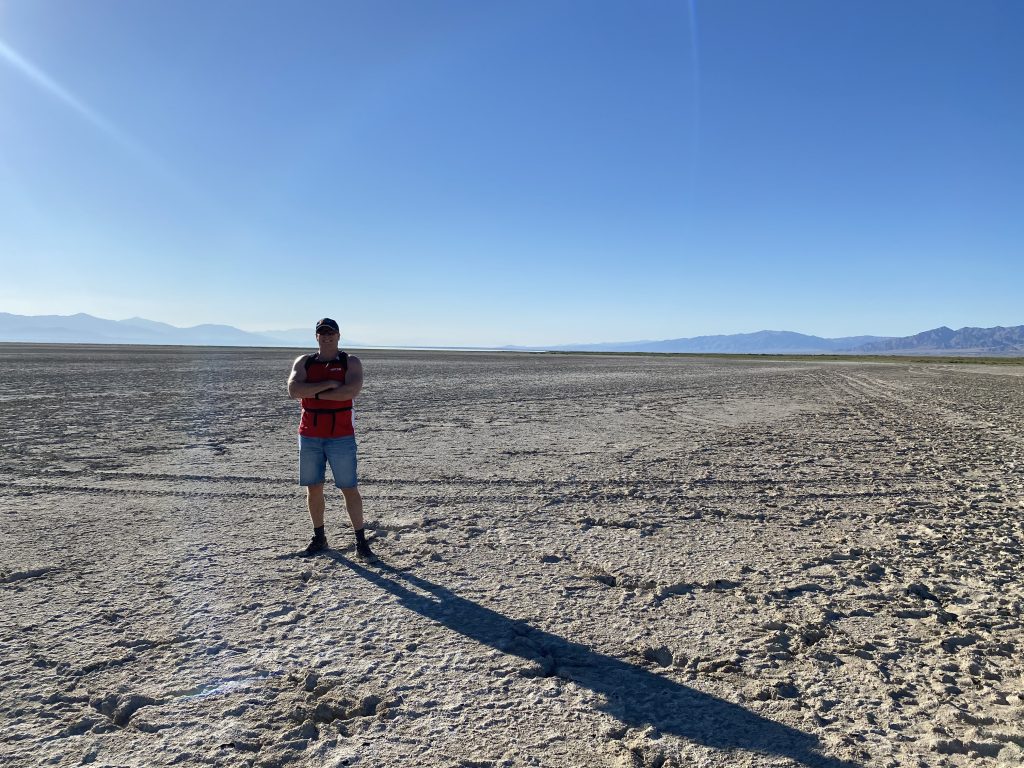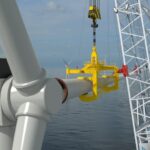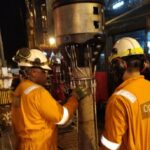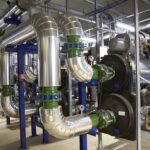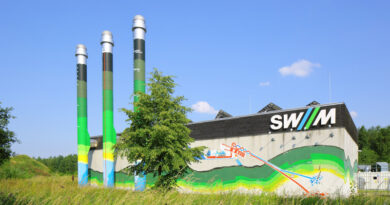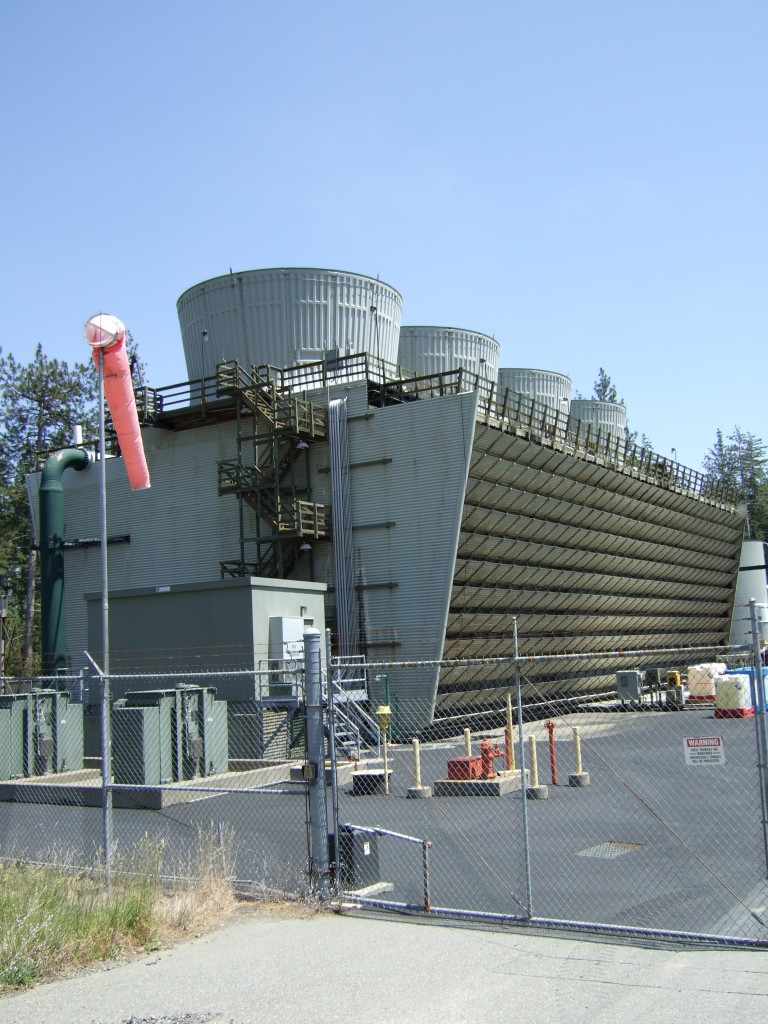Interview with Rod Colwell, CEO of Controlled Thermal Resources
Energy Disrupter
In this interview with Rod Colwell, CEO of Controlled Thermal Resources we talk about the status of his company’s project that plans to derive Lithium from geothermal brine and produce geothermal power at the Salton Sea in California.
In the coming weeks, we will be checking in with colleagues in the geothermal world on how they are progressing with their development plans, their activities and how they are dealing with the current challenges at hand. So we are quite proud starting this series with an interview with Rod Colwell, CEO of Controlled Thermal Resources, an exciting company developing a project that will produce Lithium from geothermal brines in the Salton Sea in California.
These are challenging times for everyone in the geothermal sector and naturally also for developers like Controlled Thermal Resources. How have you been adapting and engaging with project partners?
The pandemic has been challenging for everyone, particularly when it comes to travel & sites visits. That aside, CTR is in active discussions with various potential project partners that bring value to the development beyond equity-only investment. We expect to have an announcement in that regard in the not too distant future.
How are you progressing with your project on site in the Salton Sea? Have you been able to do on the ground-work despite the various covid-19 security measures?
We have managed to complete some minor earthwork in preparation for our delineation drilling and lithium programs. CTR has been fully staffed throughout the pandemic and have actually added to our team with new appointments to make sure we can meet our offtake obligations.
Are there certain positive elements under the circumstances right now?
Yes, I believe we are in the midst of a shift in mindset for the better. In a positive way, the pandemic has allowed people to witness the best air quality in 80+ years due primarily to less traffic on the roads. Given this temporary period of cleaner air, people can more easily see the advantages of electric vehicles and cleanly produced electricity as opposed to the continued use of fossil fuels, therefore the importance of renewable energy. We have also witnessed some of the largest fund managers begin to develop mandates around clean air and sustainable investments.
We have seen an incredible interest in the story of Lithium in the context of geothermal. How are you experiencing this increased interest and how is this effecting your planned project?
We have seen an enormous level of interest in lithium products with high sustainability credentials. Beside the forecasted shortage of battery-grade lithium products looming ahead, many aspects in the supply chain are being reconsidered namely; political risk, environmentally sustainable sourcing, and reliability and quality of the overall supply chain. We expect to commence commercial operation of our first project in 2023 delivering both renewable energy and battery-grade lithium carbonate equivalent products.
With efforts on Lithium extraction ranging from Germany to Cornwall in the UK, naturally California is a rather hot market. With the support of the California Energy Commission, there has been some funding made available to companies in the Salton Sea, yours included. How does this funding help in your efforts in moving your project forward?
First of all, the CTR lithium extraction process technology is ready to go. However, the funding helps immensely in furthering these technologies regarding silica, zinc and manganese. These materials and others are in abundance in the Salton Sea geothermal brine and have significant value in their respective industries. We expect to realize commercial benefit from this work in the not-so-distant future that we can apply to our systems. The technology that CTR will utilize to extract lithium, ion exchange, has been in use commercially for decades and is a very proven and robust technology, but we want to do more especially given the additional materials in our brine resource. These materials have the potential to add significant commercial value to our long-term goals, thus the desire to continue development. Beyond grant funding, the California government via its Department of Natural Resources and the California Energy Commission, is actively driving the establishment of a “Lithium Valley” in Imperial County starting with the Salton Sea geothermal field extraction of lithium; and hopefully adding links to that part of the supply chain with cathode manufacturing and perhaps actual battery assembly. The California State Senate Committee on Energy, Utilities, and Communications just voted to approve Assemblymember Eduardo Garcia’s AB 1657 – Blue Ribbon Commission on Lithium Extraction in California
– As reported in the Desert Review: https://www.thedesertreview.com/news/state-senate-energy-committee-approves-lithium-commission-helping-valley-move-closer-to-lithium-opportunities/article_3b440a8e-dcbf-11ea-be54-a7fe5f2326d9.html
There is increasing interest in oil and gas sector players in geothermal. Have you seen some impact on this for your project?
As mentioned, we are in discussions with various potential project partners, some of which are “Big Oil”. We see many complementary technologies and skillsets in the oil & gas industry that may apply favorably to work developing the Salton Sea geothermal field. As we scale up to 1,100MW of renewable power and 300,000 tonnes per annum of battery-grade lithium products, and potentially additional extracted products, we think the complementary technologies and skillsets will help us further reduce cost. The old adage, “continue to develop or get left behind” applies here just as it does elsewhere, perhaps even more.
We thank Rod for taking the time answering our questions and will naturally closely follow advancements and report accordingly.


